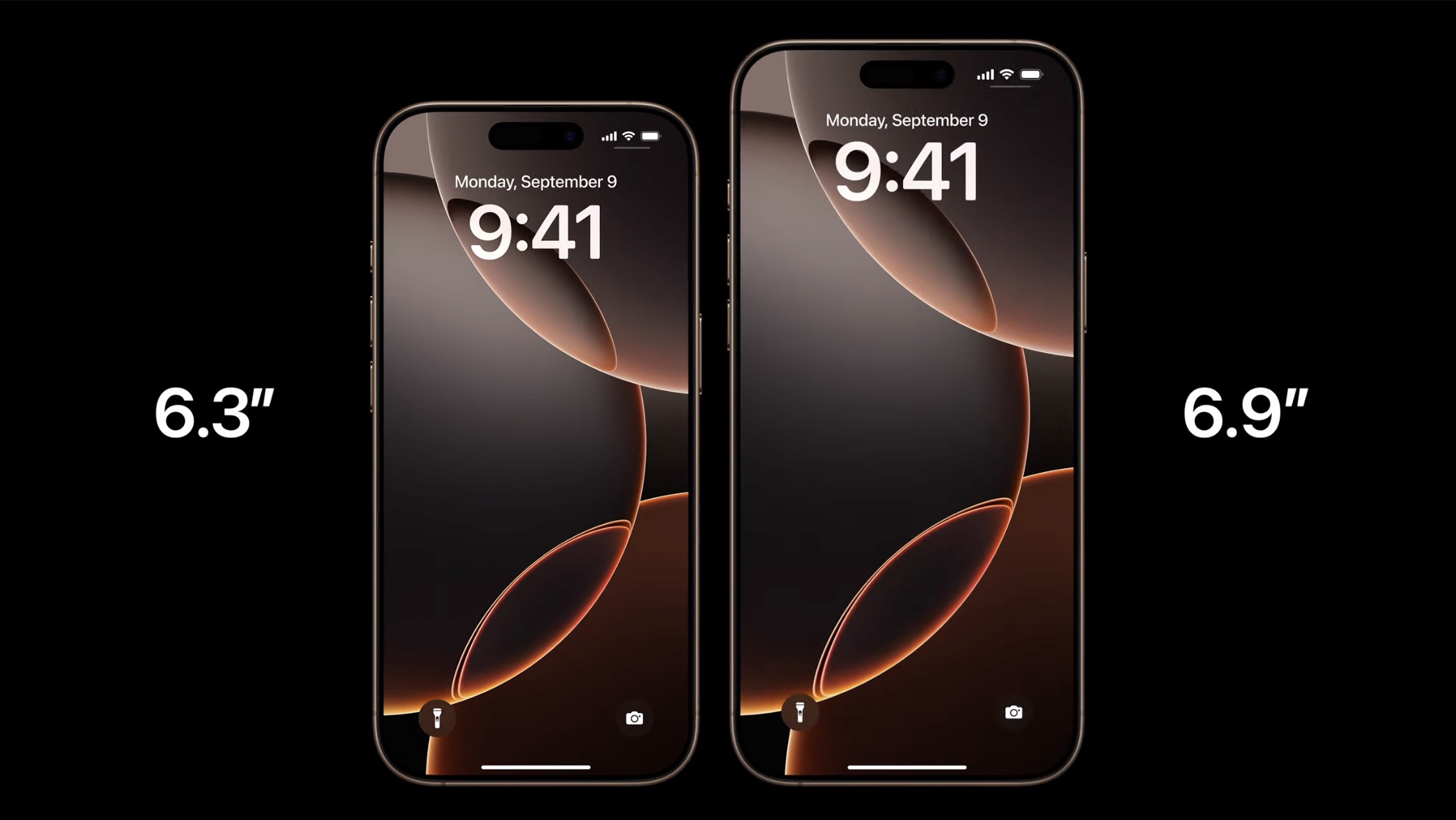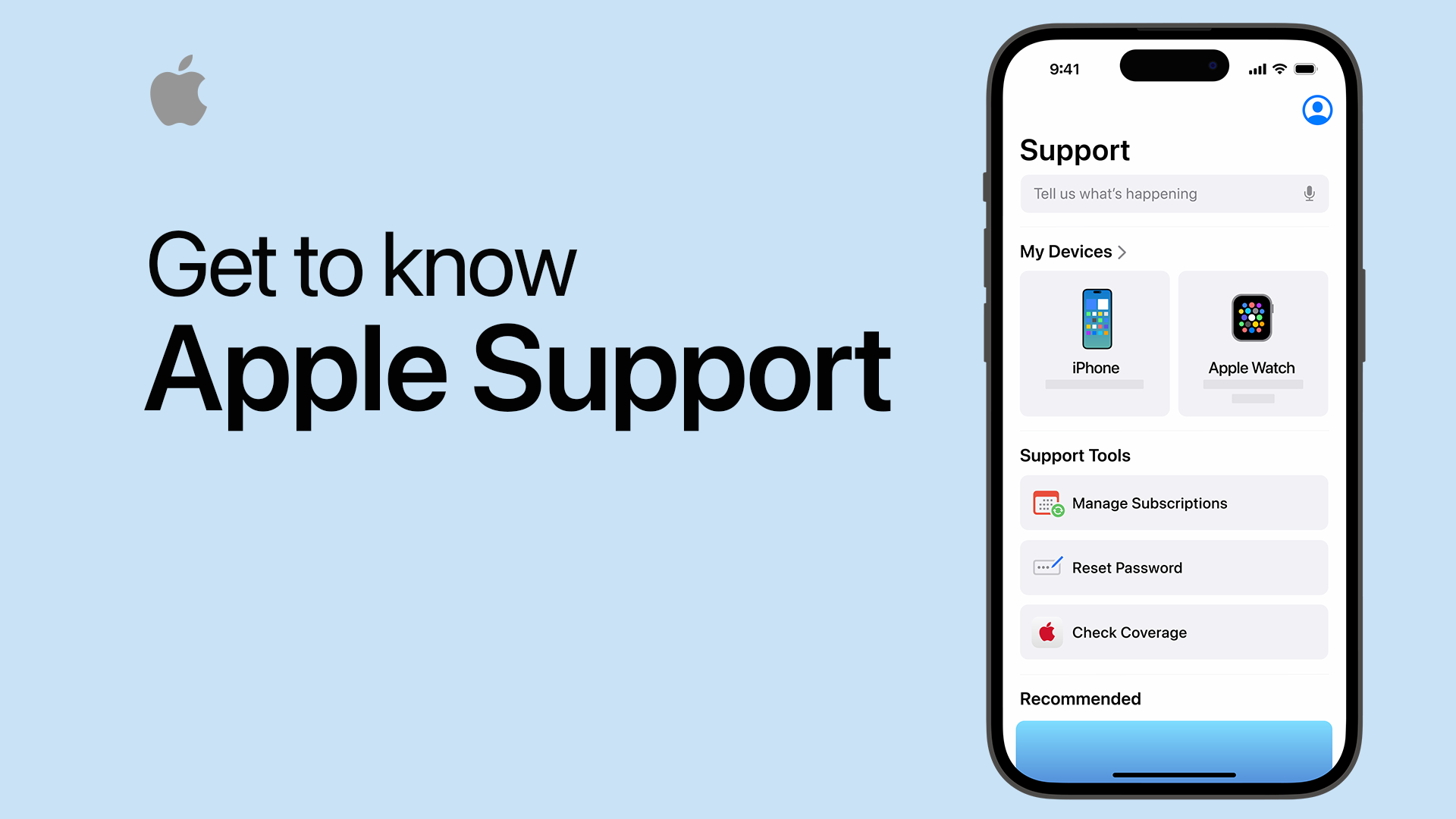
AAPL Company – Innovating Technology and Shaping the Future
The AAPL Company, widely known as Apple Inc., stands as a titan in the tech industry, consistently pushing the boundaries of innovation and design. With products like the iPhone, it has transformed the way we communicate, work, and live. As we explore the various facets of this leading corporation, we’ll delve into the evolution of its flagship product—the iPhone—and share insights about the anticipated iPhone 17 Air that many enthusiasts are eagerly discussing.
AAPL Company

In understanding the AAPL Company, one must first appreciate its history and transformation over the years. Founded by Steve Jobs, Steve Wozniak, and Ronald Wayne in 1976, Apple has always been at the forefront of technology. From its early days developing personal computers to its current dominance in various sectors, including wearables, software, and services, Apple’s journey is nothing short of remarkable.
Historical Milestones
Apple’s history is punctuated by several key milestones that have shaped both the company and the tech industry at large.
The launch of the first Macintosh in 1984 was a pivotal moment; it introduced the graphical user interface to the masses, setting the stage for future developments in computing. Fast forward to 2007, when the release of the first iPhone revolutionized mobile technology. This device not only combined the functions of a phone and an iPod but also introduced a new way to interact with touchscreens.
Over the years, Apple has expanded its product line to include a myriad of devices, from the iPad to the Apple Watch. Each launch has sparked excitement and anticipation among consumers and investors alike, showcasing Apple’s ability to innovate continuously.
Financial Performance
The financial success of the AAPL Company is a testament to its business model and brand loyalty. With a market capitalization frequently exceeding two trillion dollars, Apple has established itself as one of the most valuable companies in the world. Its revenue streams are multi-faceted, encompassing hardware sales, software services, and subscriptions.
Understanding Apple’s financial performance can provide insight into its strategies. The company has managed to maintain impressive profit margins by controlling supply chains, fostering direct consumer relationships, and continuously investing in research and development. This focus on quality and customer satisfaction has helped Apple create a loyal customer base willing to pay premium prices for its products.
Innovation Culture
At the heart of AAPL Company‘s success lies its strong culture of innovation. From the inception of the company, Apple has emphasized the importance of creativity and thinking differently. This philosophy is evident in its hiring practices, product design, and marketing strategies.
Employees are encouraged to push boundaries and experiment with new ideas, which fosters an environment ripe for groundbreaking advancements. Additionally, Apple’s commitment to user experience ensures that every product is designed with the end-user in mind, making technology accessible and enjoyable.
IPhone

The iPhone stands as Apple’s flagship product and a symbol of modern technology. Released in 2007, it has undergone numerous iterations, each refining and enhancing its capabilities. The iPhone has played a significant role in shaping the smartphone industry and has influenced competitors to adapt their offerings continuously.
Evolution of the iPhone
From the original iPhone to the latest models, the evolution of this device reflects changing consumer needs and technological advancements.
The first generation offered basic functionalities: calls, texting, and music playback. However, with each subsequent release, features have expanded to include high-resolution cameras, powerful processors, and advanced connectivity options. The introduction of the App Store further revolutionized how users interacted with their devices, allowing them to customize and enhance their experiences through apps tailored to individual preferences.
The annual release cycle has allowed Apple to remain at the forefront of the smartphone market, often sparking conversations and debates about what innovations will come next.
Impact on Communication and Society
The influence of the iPhone extends beyond its technical specifications; it has changed the very fabric of communication and society.
Social media platforms, instant messaging applications, and video calls have become integral to daily life, all facilitated by the capabilities of smartphones. The iPhone has also democratized information access, enabling users to connect with the world and cultivate communities around shared interests.
Moreover, the rise of mobile commerce has transformed industries, encouraging businesses to adapt to a digital-first strategy. Consumers now expect brands to engage with them through mobile-friendly platforms, making the iPhone a catalyst for change in multiple sectors.
Competitive Landscape
As the smartphone market matures, competition intensifies. While the AAPL Company remains a leader, rivals like Samsung, <a href="https://betopixs.com/tag/Google/”>Google, and Huawei continuously challenge its position.
Each competitor brings unique strengths, whether it’s cutting-edge camera technology, innovative software features, or aggressive pricing strategies. To maintain its edge, Apple focuses on delivering a seamless ecosystem where the iPhone, iPad, Mac, and other devices work harmoniously together.
This ecosystem not only enhances user convenience but also fosters brand loyalty, making it more challenging for competitors to lure customers away. The strategic integration of hardware, software, and services continues to differentiate Apple from its peers.
Opinion

As consumers and tech enthusiasts, we often find ourselves weighing the merits of various products and companies. Regarding the AAPL Company, opinions vary, yet a common thread emerges: Apple’s ability to retain its allure amidst fierce competition is commendable.
Pros of AAPL Company
One cannot overlook the advantages that the AAPL Company brings to the table.
First and foremost is the commitment to quality. Apple’s rigorous standards ensure that every product meets high expectations, resulting in devices that not only perform well but also stand the test of time.
Additionally, the user experience is a cornerstone of Apple’s philosophy. Intuitive interfaces, consistent updates, and an emphasis on privacy create an environment where users feel valued and secure. This dedication to customer satisfaction builds trust—an invaluable asset in today’s marketplace.
The AAPL Company also actively supports sustainability initiatives, aiming to reduce its environmental footprint. From utilizing recycled materials in products to implementing renewable energy across its facilities, Apple sets a benchmark for corporate responsibility that resonates with environmentally conscious consumers.
Cons of AAPL Company
On the flip side, there are valid criticisms surrounding the AAPL Company as well.
One notable concern is the premium pricing of its products. While many consumers recognize the value behind the price tag, others question whether they can justify such expenses, especially in a competitive market.
Furthermore, the perceived lack of customization within the Apple ecosystem can frustrate some users who prefer flexibility and personalization. Unlike Android devices, which allow extensive modifications, iPhones often operate within a walled garden that may limit certain user freedoms.
Lastly, Apple’s approach toward competition has drawn scrutiny, particularly regarding its App Store policies. Some developers argue that Apple’s control over the ecosystem stifles innovation and creates barriers for smaller companies. This ongoing debate highlights a tension between maintaining quality and ensuring a fair marketplace.
Conclusion on Opinion
Ultimately, opinions about the AAPL Company reflect a complex interplay of admiration and criticism. While the organization excels in several areas, it faces challenges that require ongoing reflection and adaptation.
As the tech landscape evolves, so too must Apple, ensuring it remains relevant to existing customers while appealing to potential newcomers.
IPhone 17 Air
With anticipation building for the next iteration of Apple’s iconic smartphone, discussions about the iPhone 17 Air are rampant. Speculation about its features, design, and functionalities has generated buzz among fans and analysts alike.
Expected Features
While official details remain scarce, rumors suggest that the iPhone 17 Air may introduce several exciting features.
One possibility is enhanced camera technology, potentially incorporating advanced computational photography capabilities. Such enhancements would cater to the growing demand for high-quality mobile photography, enabling users to capture stunning images without requiring professional equipment.
Another expected feature is improved battery life. As smartphones increasingly serve as our primary devices, optimizing power consumption becomes crucial. Innovations in battery technology and software efficiency could significantly extend usage times, addressing a longstanding pain point for users.
Additionally, integration with emerging technologies like augmented reality (AR) could be on the horizon. Apple has made considerable investments in AR, and a device that incorporates these technologies could redefine user interaction and engagement.
Design Perspectives
Design has always been a crucial aspect of the iPhone, and the upcoming iPhone 17 Air is likely no exception.
Many speculate that Apple will continue its trend of sleek, minimalist aesthetics while exploring new materials and finishes. A lighter and thinner form factor could enhance portability without sacrificing durability, a balance that Apple strives to achieve.
The rumored introduction of new color options may also appeal to younger demographics seeking personalization. A vibrant palette of choices can foster individuality, allowing users to express their identity through their devices.
Market Positioning
As Apple prepares to launch the iPhone 17 Air, its positioning within the market will be critical.
The smartphone segment is witnessing rapid evolution, with competitors constantly innovating. For Apple, creating an irresistible value proposition is paramount.
Whether through superior features, seamless ecosystem integration, or compelling marketing campaigns, the AAPL Company must ensure that the iPhone 17 Air stands out among the plethora of devices available.
The dynamic nature of consumer preferences necessitates ongoing adaptation, and Apple has demonstrated its agility in meeting evolving demands.
Conclusion
The AAPL Company has undoubtedly left an indelible mark on the tech world, and its flagship product, the iPhone, has fundamentally altered how we communicate and engage with technology. As we anticipate the release of the iPhone 17 Air, discussions about its features, design, and market positioning highlight the ongoing excitement surrounding this innovative corporation.
In reflecting on the AAPL Company, it is clear that its commitment to quality, user experience, and responsible business practices sets it apart. However, as it navigates challenges and stiff competition, maintaining its reputation as a leader will require constant innovation and adaptation.
As consumers, tech enthusiasts, and industry watchers, we eagerly await what the future holds for Apple and its contributions to technology and society. The journey of the AAPL Company continues, promising to shape the landscape of our modern lives for years to come.



